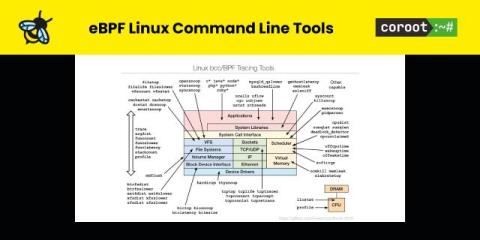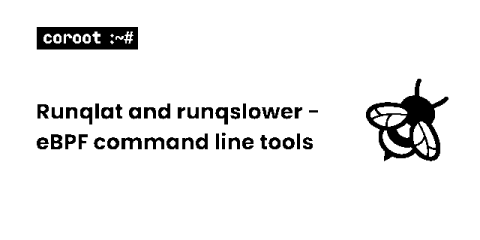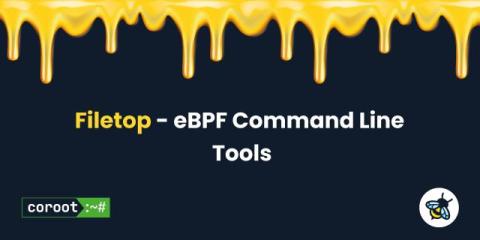What you should know about Datadog Flex Logs
Late last year, Datadog announced something called Flex Logs, a “more affordable” warm storage tier for log data. Designed for high-volume datasets that are infrequently queried and don't require real-time analysis, the Flex Tier offers Datadog Log Management customers a third option for data storage.











